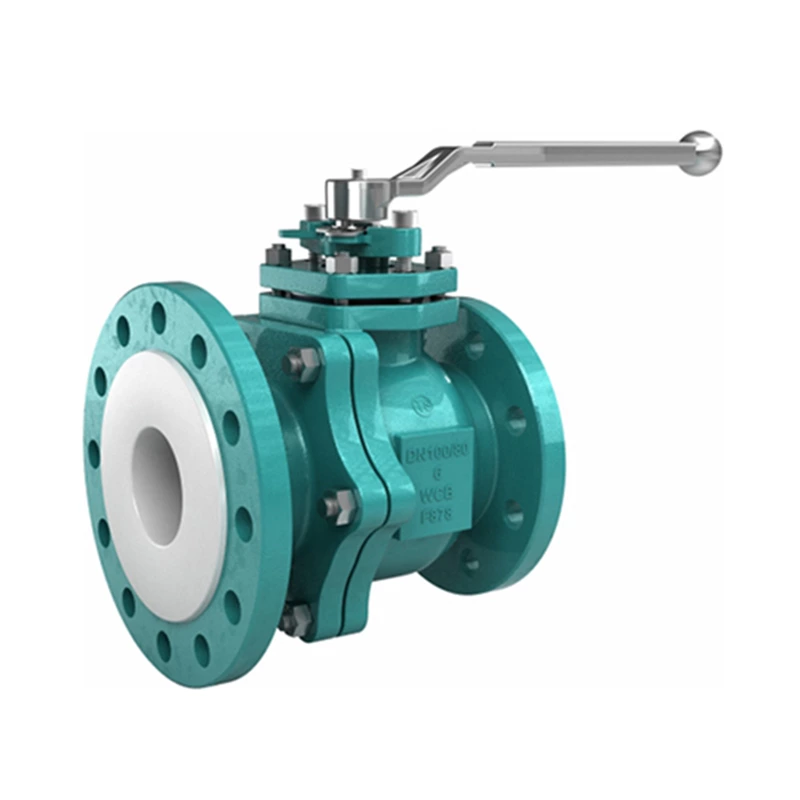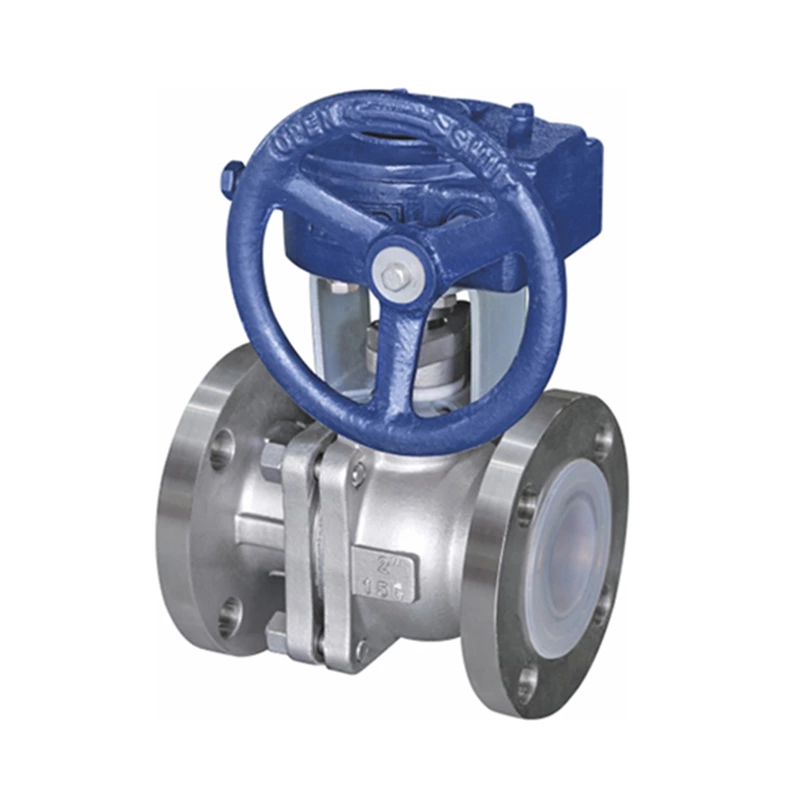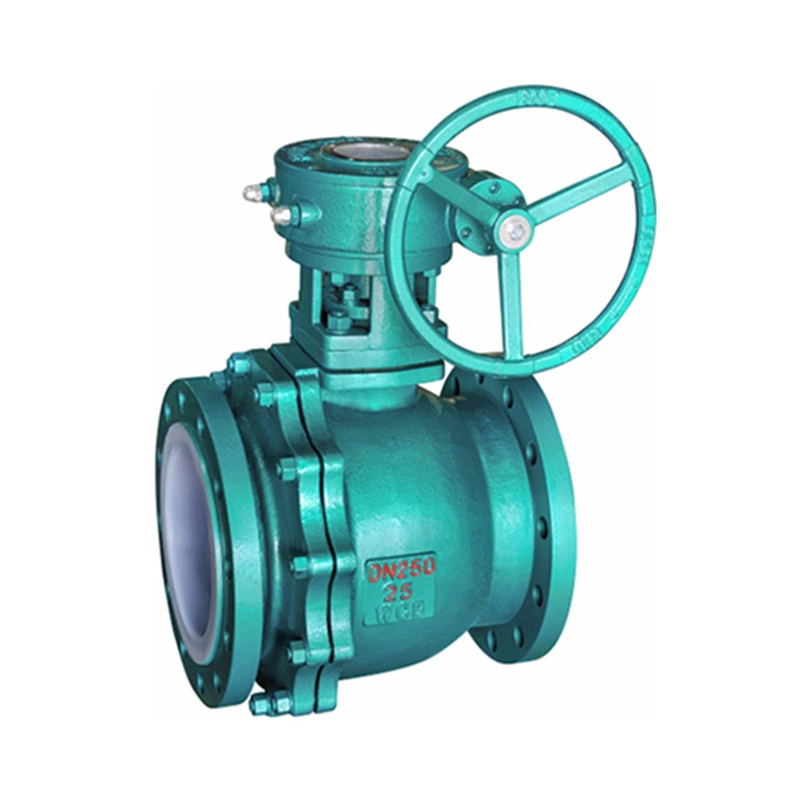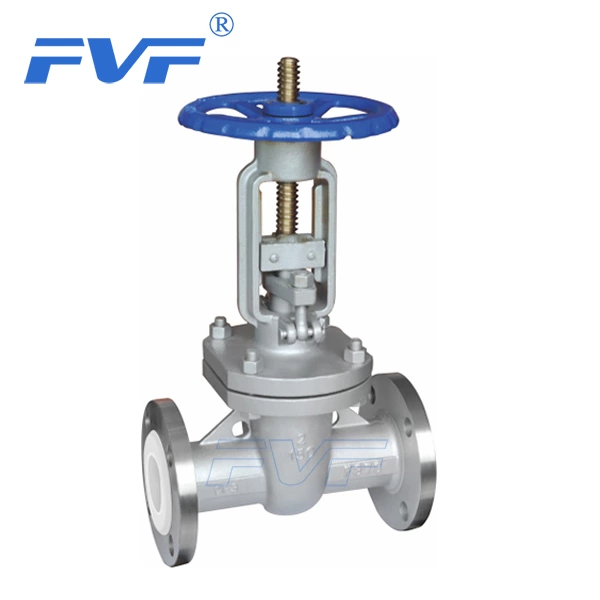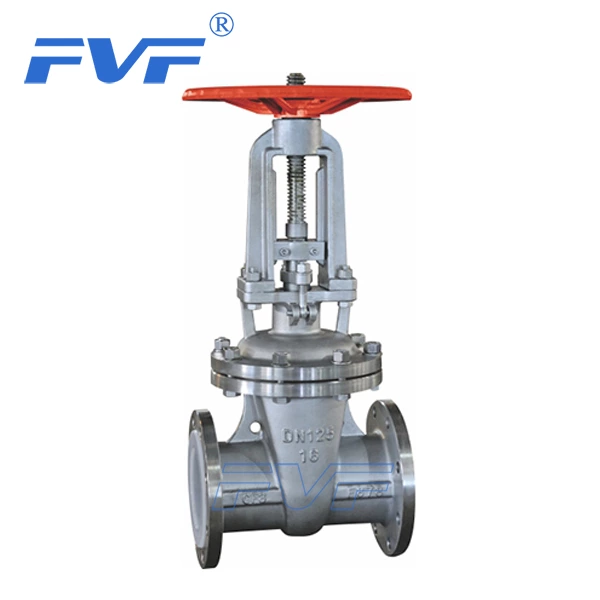What Kind Of Valve Is The Fluorine-lined Valve? What Are The Categories?
What kind of valve is Lined Valve? I guess some friends don't know. In fact, there is another name for fluorine-lined valves, that is, fluorine-lined plastic-lined corrosion-resistant valves. This is very clear. Fluorine-lined valves are valve products with corrosion-resistant fluorine plastics in the lining. So, what are the classifications of its materials?
There are still many fluorine-lined valves classified by materials. Among them, the most commonly used are PTFE-lined valves. The fluorine-lined valve factory-Lierduo will give you a detailed introduction.
1. Polyperfluoroethylene FEP (F46): Suitable for any organic solvent or reagent, dilute or concentrated inorganic acid, alkali, ketone, aromatic hydrocarbon, chlorinated hydrocarbon, etc. Operating temperature: -85~150. Features: Mechanical, electrical properties and chemical stability are basically the same as F4, but the outstanding advantages are high dynamic toughness, excellent weather resistance and radiation.
2. Polytrifluoroethylene PCTEF (F3): Suitable for various organic solvents and inorganic corrosive liquids (oxidizing acids). Operating temperature: -195~120. Features: heat resistance, electrical properties and chemical stability are second only to F4, mechanical strength, creep performance, and hardness are better than F4.
3. Polypropylene RPP: Suitable for aqueous solutions of inorganic salts, dilute or concentrated solutions of inorganic acids and alkalis. Operating temperature: -14~80. Features: One of the lighter plastics, its yield, tensile and compressive strength, and hardness are better than low-pressure polyethylene, with outstanding rigidity, good heat resistance, easy molding, and low cost. After modification, it has good impact resistance, fluidity, and bending elasticity.
4. Polyvinyl chloride: hard) PVC: Suitable for water resistance, concentrated alkali, non-oxidizing acid, chain hydrocarbon, oil and ozone, etc. Operating temperature: 0-55. Features: high mechanical strength, excellent chemical stability and dielectric properties, good oil resistance and anti-aging properties, easy to weld and bond, and low price.
5. Polytetrachloroethylene PTFE (F4): Use medium: strong acid, strong alkali, strong oxidant, etc. Operating temperature: -200~180. Features: It has excellent chemical stability, high heat resistance, cold resistance, low friction coefficient, and is an excellent self-lubricating material, but has low mechanical properties, poor fluidity, and large thermal expansion.
6. Polyvinylidene chloride PVDF (F2): Use medium: Resistant to most chemicals and solvents. Use temperature: -70~100. Features: The tensile strength and compression strength are better than F4, and it is resistant to bending, weathering, and radiation. It is resistant to light and aging, and its biggest feature is good toughness and easy molding.
7. Polyolefin PO: Suitable for various concentrations of acids, alkalis, salts, and certain organic solvents. Use temperature: -58~80. Features: It is currently the world's most ideal anti-corrosion material and has been widely used in large-scale equipment and pipeline linings for rotational molding.
